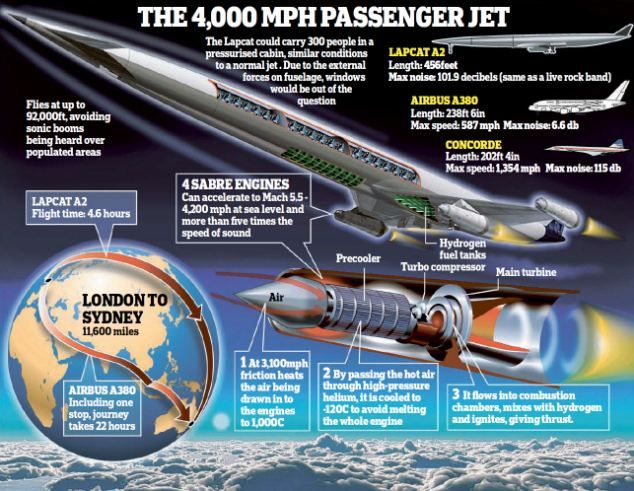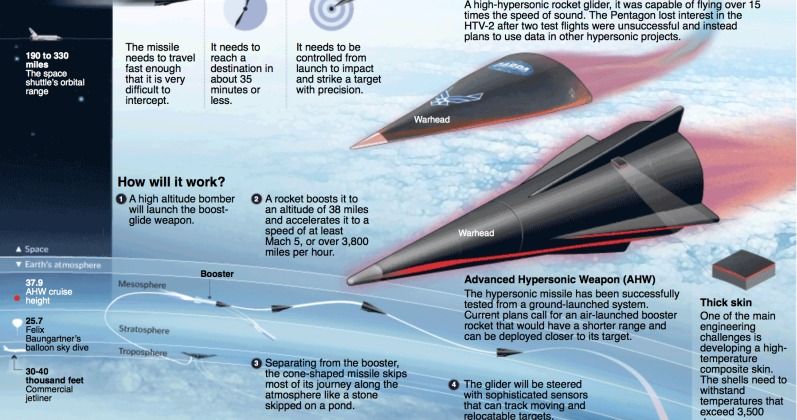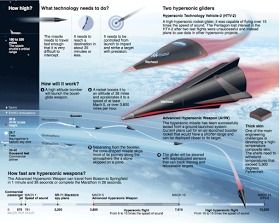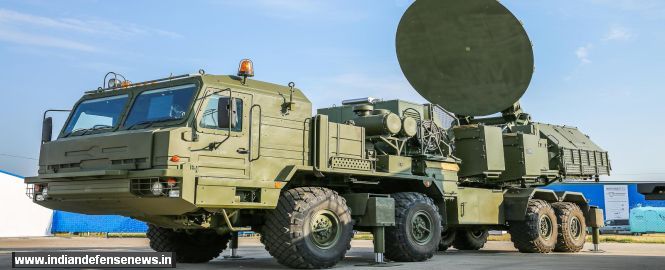This is definitely something that we should all be aware of, and watching for.
“Over the past year or two, someone has been probing the defenses of the companies that run critical pieces of the Internet,” according to a blog post by security expert Bruce Schneier.
“These probes take the form of precisely calibrated attacks designed to determine exactly how well these companies can defend themselves, and what would be required to take them down. It feels like a nation’s military cybercommand trying to calibrate its weaponry in the case of cyberwar.”
Schneier said major companies that provide the basic infrastructure that makes the Internet work [presumably, ones such as Cisco] have seen an increase in distributed denial of service (DDoS) attacks against them, and the attacks are significantly larger, last longer, and are more sophisticated.








